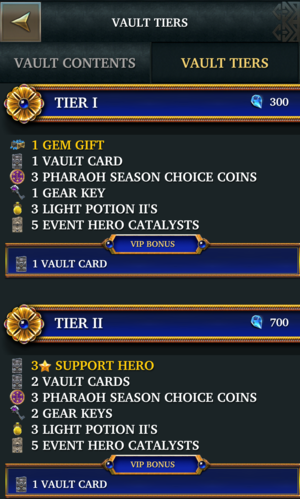Introduction
If you were to dive into any single game that includes gacha in their repository of monetization components, you would easily discover that it accounts to anywhere between 60 to 90% of the hard currency spent in game.
Gachas originated in Japan and became widely used in the eary 2010s. It did not take long before its success was noticed by Western game developers and it is today included in most games.
In this post, we will dive into the design specifics and considerations for each type of gacha.
The difference between a Gacha and a Lootbox.
As an introduction, regular gachas and lootboxes are pretty much alike in terms of how they functionally behave. Players usually pay in-game currency to “spin” or “roll” to pull a random reward (a character, a card or any collectible) out of a defined loot table where rewards are weighted according to the rarity of the prize, content replacement exists between tries, which means that the loot table remains consistent try after try (Every pull is an independent event).
The 3 main differences between the terms are the following:
Etymology: The term “Gacha” originated in Japan, which was a shortened variant of Japanese “gachapon”, while the term “Loot Box” other originated in the West.
Variety: Gachas can take plenty of different forms and designs while loot boxes, for the moment, remain fairly simple.
Impact on progression: An argument could be made around the influence of the mechanic on the overall game. Loot boxes can be ignored in most cases as they include mostly skins or accesories that are not required for game progression while with gachas, the whole game progression typically revolves around engaging with this mechanic.
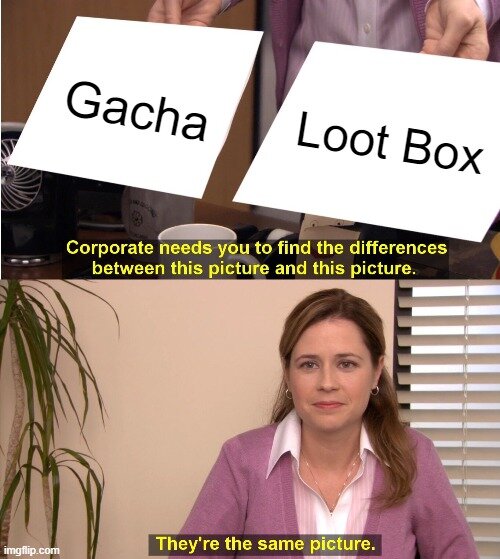
Box Gacha.
The concept behind the Box Gacha is similar to the regular gacha. The main differences are:
Replacement does not exist across the contents of the box. This means that each time the player pulls an item from the box, the item does not get replaced, thus increasing the chances of pulling the desired prize out of it, incentivizing the next purchase.
Usually the rewards are not weighted, so every item has the same chances of being pulled.
Box Gachas are usually time limited and tied to events.
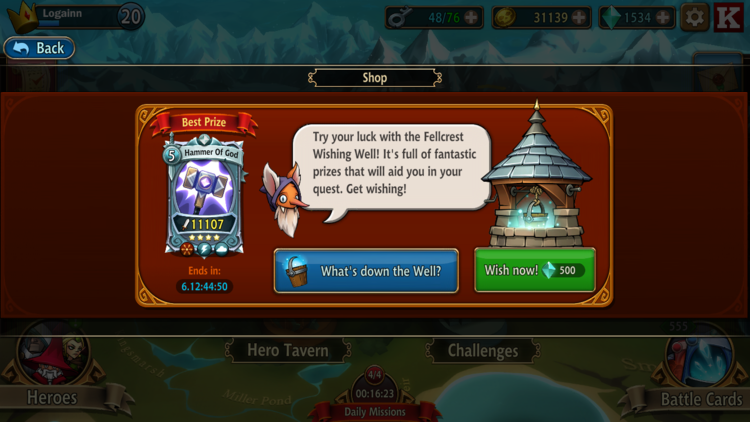
Box Gacha presentation in BattleHand.
Box Gacha presentation in BattleHand.
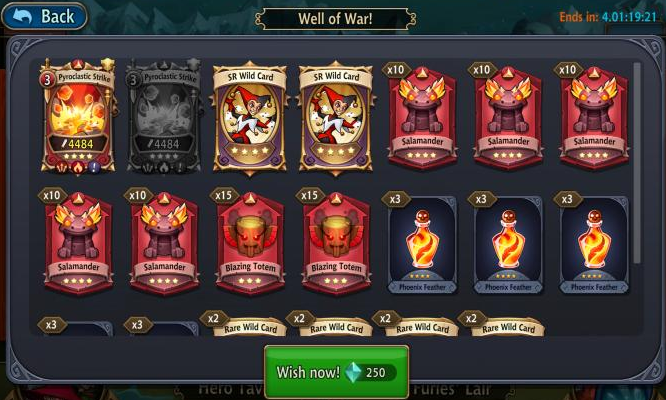
Lucky pull in BattleHand’s Box Gacha.
Lucky pull in BattleHand’s Box Gacha.
Factors to consider when designing your Box Gacha:
Reward value: What is the chase item or character (These usually are powerful, useful or very rare). If the chase item is not present, the appeal of the box is non-existent.
Number of pulls: How many items of each type and rarity will live in the box? A 50-item box with 1 chase item won’t be as appealing as a 20 item box with 2 chase items in it.
Pricing: The cost per pull and the total cost of the box are important components to consider. What type of spender are you targeting with this box? Are you aiming for the masses or just to your high spenders? Pricing can go anywhere from 20 cents the pull to $5 or more.
Replayable?: What happens when all the contents of the box are pulled? Will you allow your players to re-start the box or will you close the loop there?
Deal or not?: In most cases, the box is balanced according to your base item prices (which is why the chase item is so important), but you might want to think of a box as a special deal for players, where they can acquire those items at a lower cost compared to the store base prices (in which case, you might want to think of it as a particularly large bundle with a luck component integrated into it).
Know your player’s odds: We talked about cost per pull and box cost, but equally important is to consider the player experience and the average cost. When will the player unlock the chase item on average? What follows is a short example of a box with 22 items and 2 chase items. It includes the chances to pull the chase items in the next roll or by roll number N.
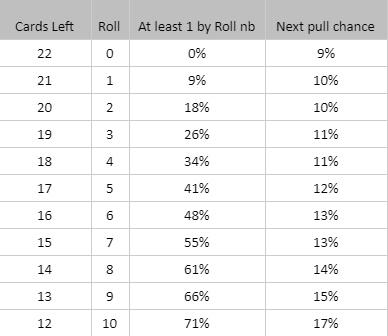
Step Gacha
A step gacha is a set of incremental gacha offers that must be bought in succession. With each pull, the price increases, and so does the value and volume of the rewards being received.
Replacement exists between pulls.
Rewards are usually weighted.
Typically, some tiers will have guaranteed items or increased chances of dropping certain desirable items to incetivize buyers to spend with the intention of buying their way to a given tier.
Once the maximum tier has been reached, the player keeps pulling from the loot table that belongs to that tier.
Step Gachas are usually time limited and tied to events.


